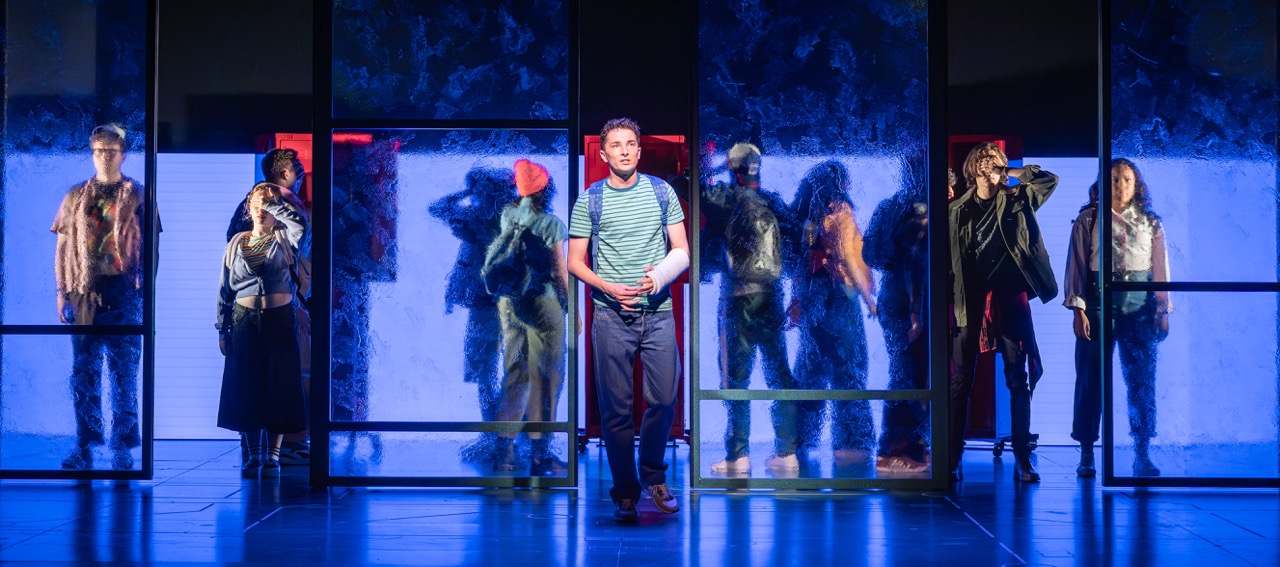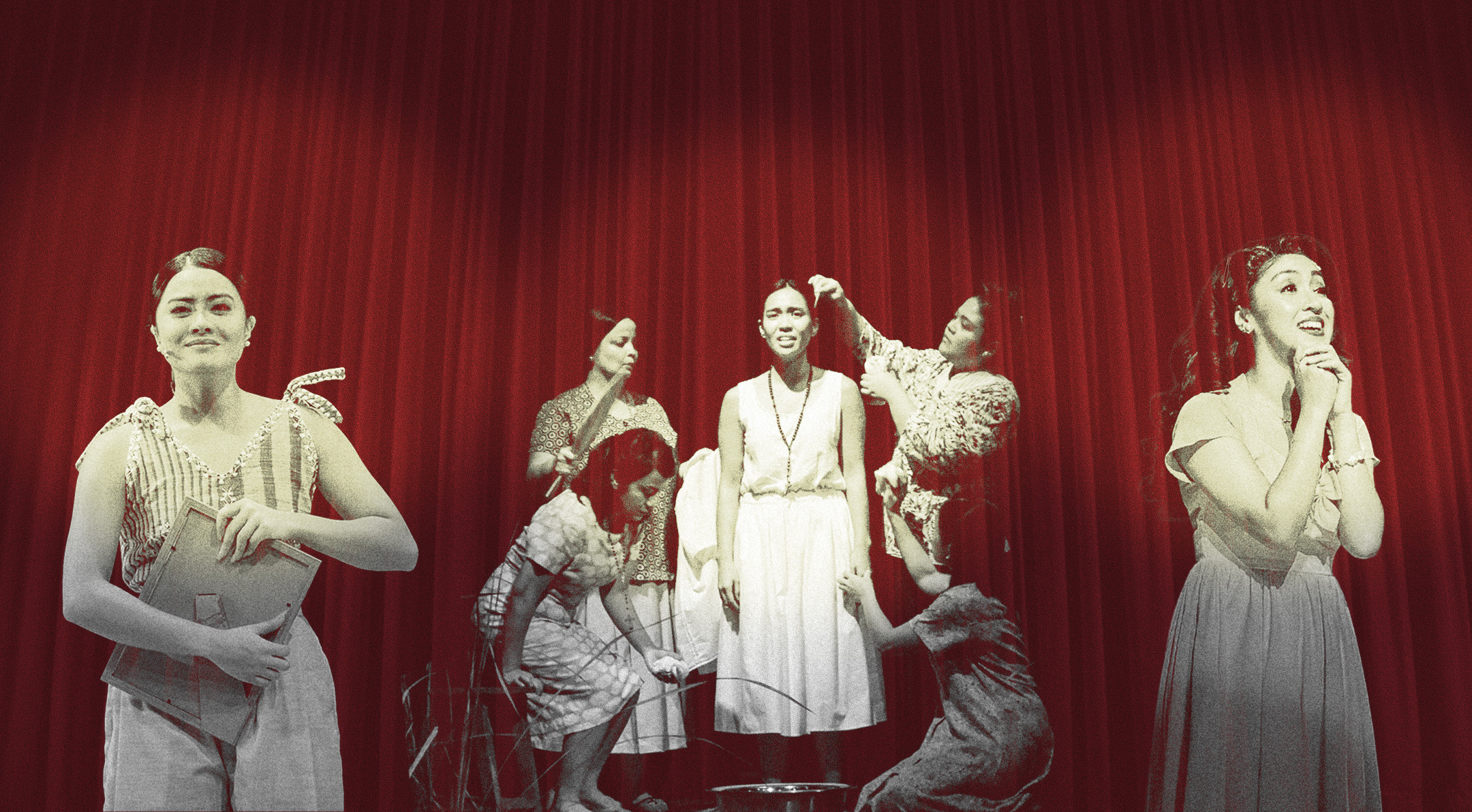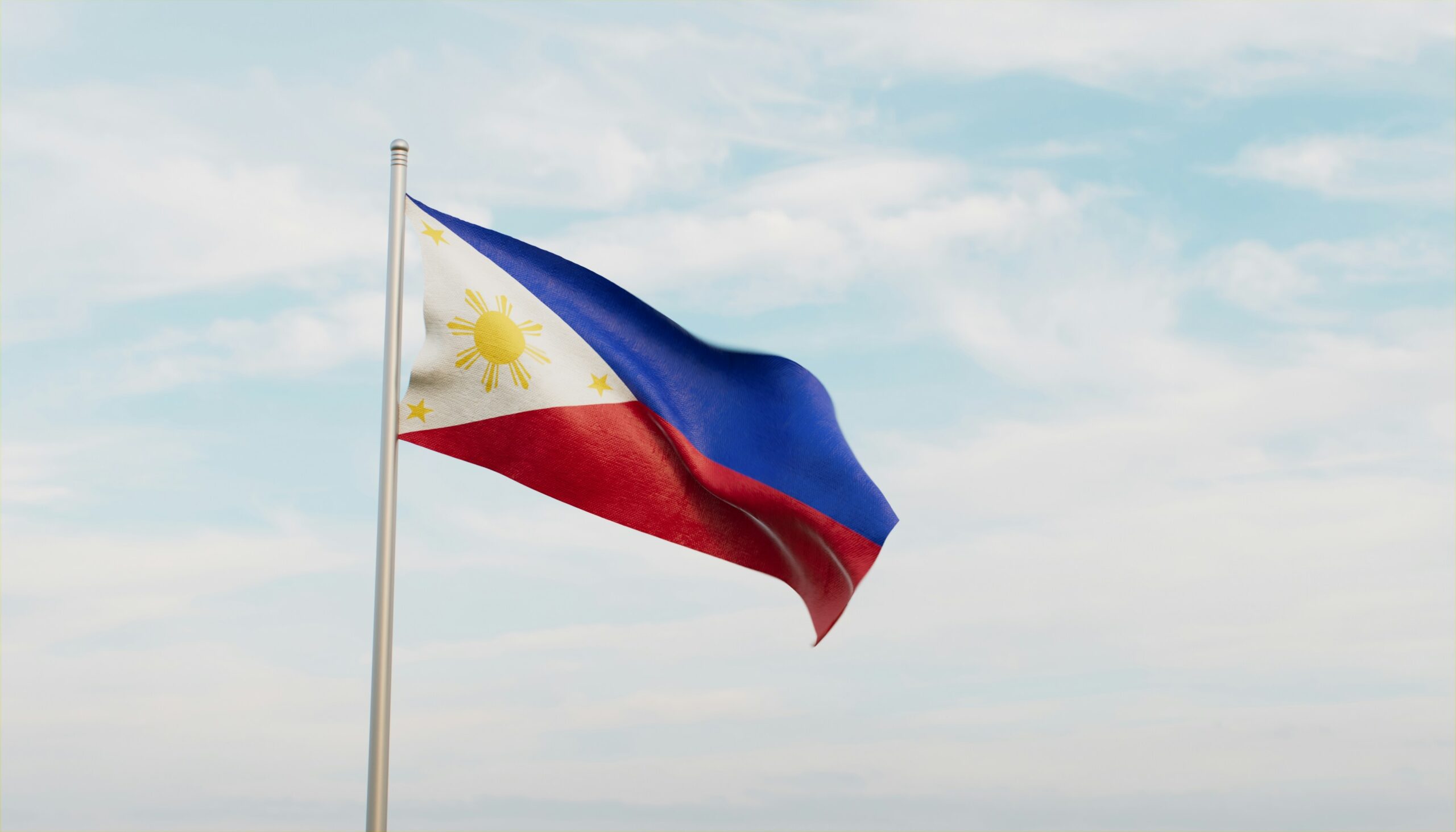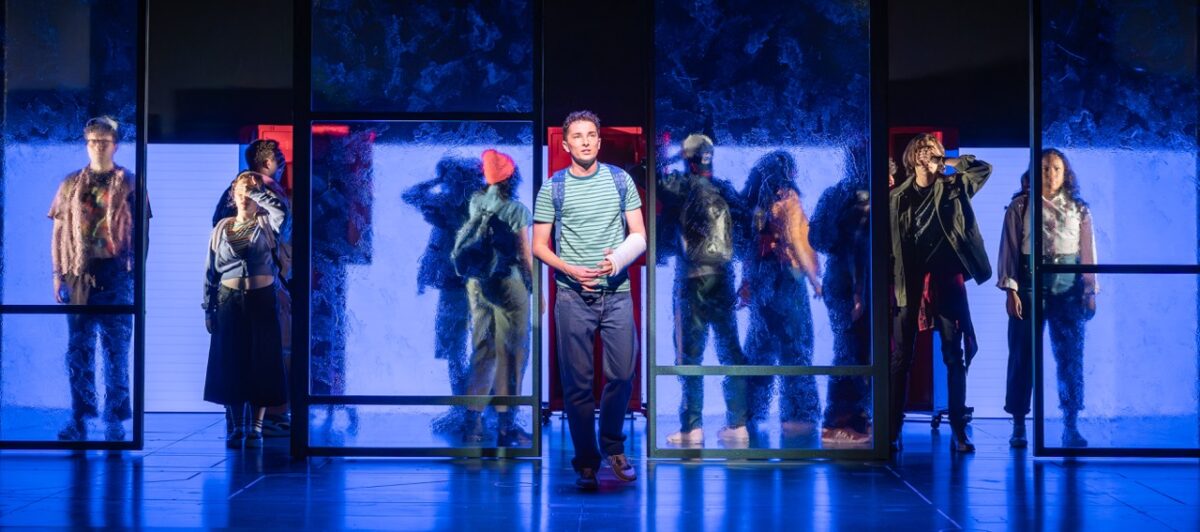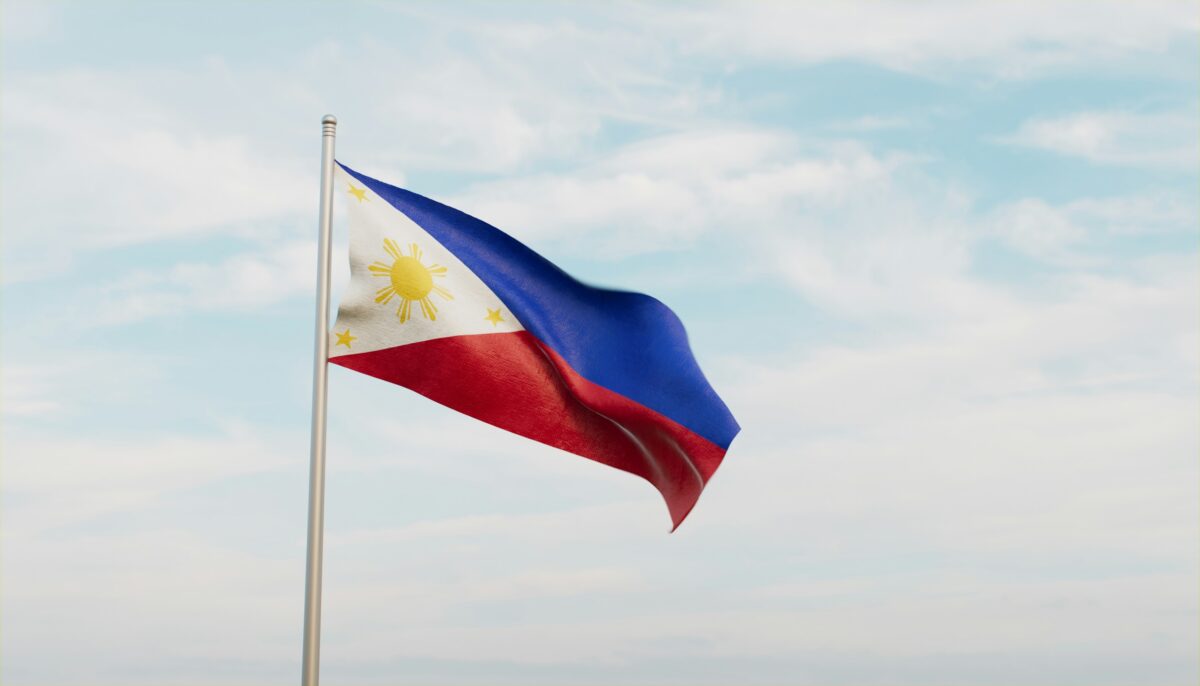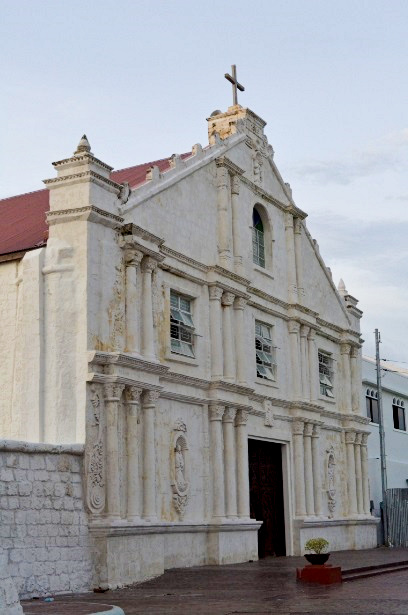
Located on the southernmost tip of Samar Island, the town of Guiuan in Eastern Samar province has moved to preserve, conserve, and protect its historical and cultural heritage assets through the creation of the Guiuan Council for Culture and Arts (GCCA).
Last year, Mayor Sheen Gonzales signed executive order 17 creating the GCCA, the first such council in Eastern Samar.
GCCA inventory the town’s cultural assets and support local cultural industries.
It will also craft local policies and plans for the improvement, sustainability, and preservation of Guiuan’s cultural heritage properties and historical sites.
“Conservation of historical and cultural heritage and resources must be done to remind us of our national culture and identity,” Gonzales said.
One of the historical sites is the Pagbabangnan village in Homonhon Island where Ferdinand Magellan and his men landed on March 17, 1521, a day after they anchored on the nearby Suluan Island.
Magellan and his men stayed in Homonhon for eight days before heading to Limasawa Island in present-day Southern Leyte province where the first recorded Mass was held on March 31.
In 1952, the then Philippine Historical Committee installed a historical marker at the landing site, particularly at a rock with an inscription of Magellan’s Portuguese name.
However, the marker and the rock have since been lost, possibly stolen.
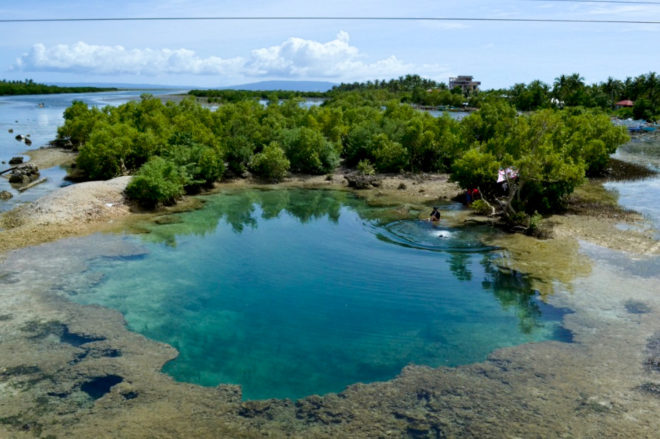
Quincentennial
As preparations are being undertaken for the quincentennial anniversary of that momentous event, Eastern Samar Acting Vice Gov. Marcelo Picardal said it is their pride as Samarnons that the first landing of Magellan “which led to our evangelization and eventual forming a crucial part in our nation’s identity” happened on one of the islands of Samar.
He said it is their goal as a province to develop the historical site and “empower and enable the community for tourism” among other purposes.
For his part, Gonzales explained Homonhon is not only significant to the town and the country but also globally since it was the first place in the country where European contact occurred.
The island, he said, “explains our culture and the formation of our values, specifically on how we value our Christianity.”
He also shared that the National Historical Commission of the Philippines is set to reinstall a historical marker on the site.
White Russians
It was in Tubabao that White Russians fleeing the rise of communism in China took refuge from 1949 to 1953.
Tubabao became a waypoint since then President Elpidio Quirino accepted the call of the International Refugee Organization for the Russians to be temporarily stationed in the country while waiting for their permanent resettlement in other countries.
The island was chosen since there were already American-built facilities there but the Russians still had to build their houses, church and other needed structures.
Cultural heritage researcher and Guiuan native Kinna Kwan said Guiuan is unique because aside from the Spanish, American and Japanese occupations, it has a separate historical period called “Tiempo Russo” or the time when the White Russian’s were in the town.
Today, remnants of that period can still be seen in Tubabao such as concrete pavements and the theater site converted into a basketball half court.–CONTRIBUTED

